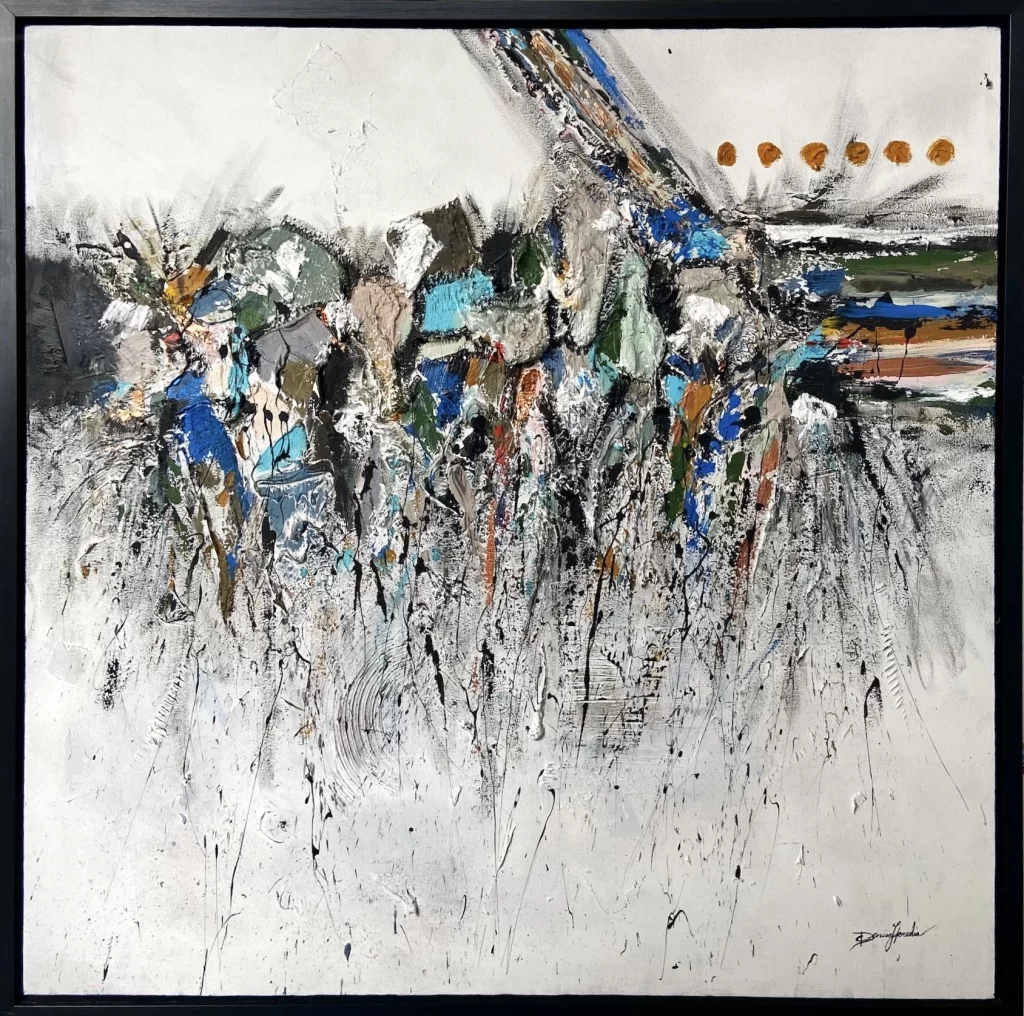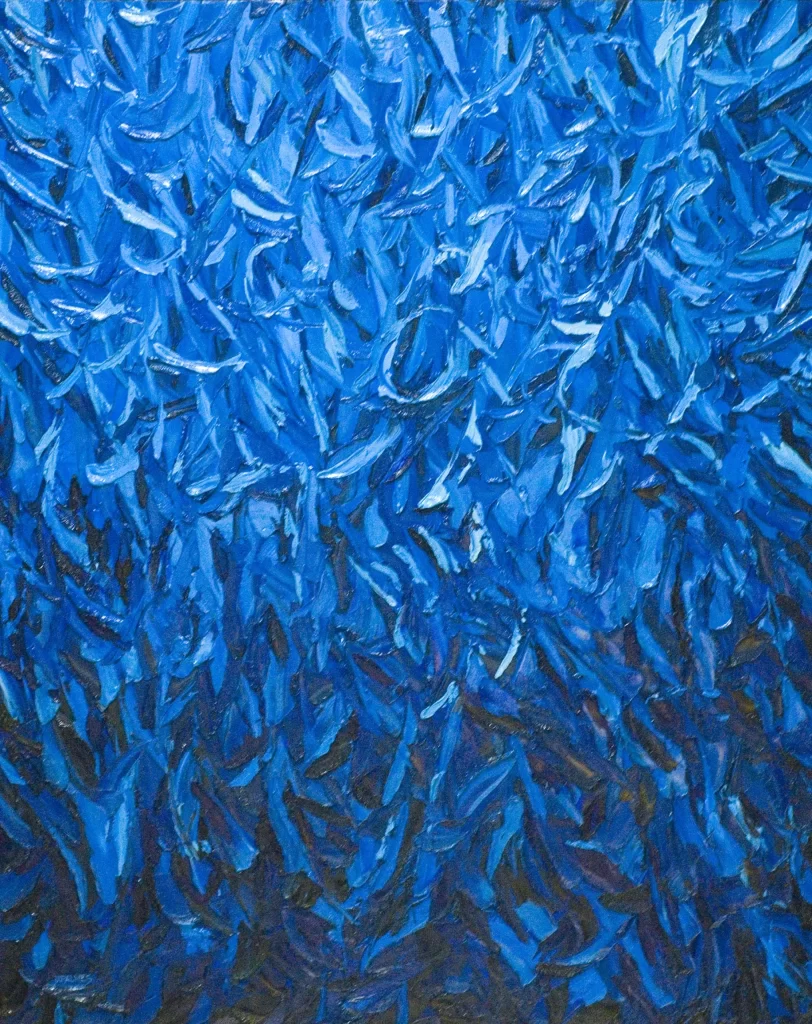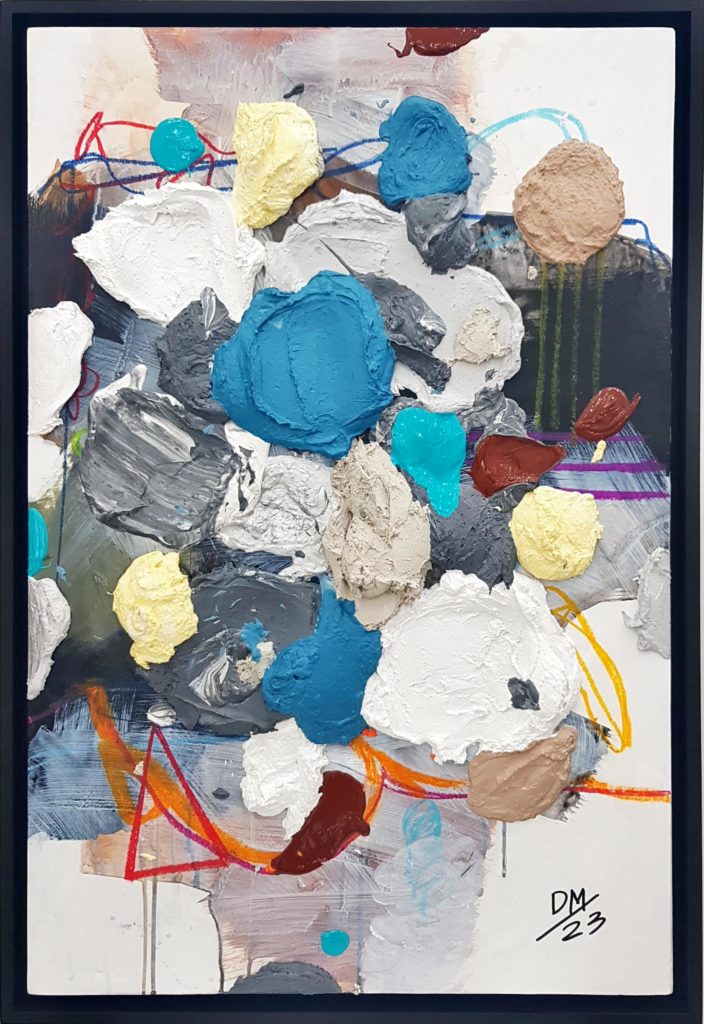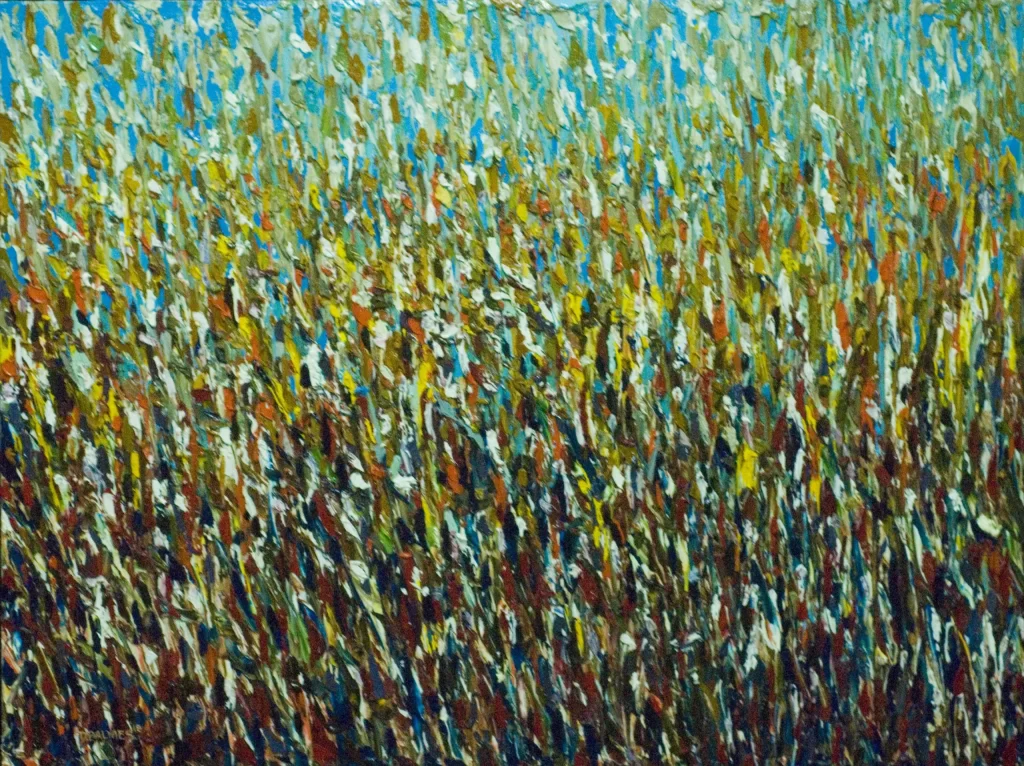Art Talks
The Sensory Magic of Impasto Art
Impasto, a technique where paint is laid thickly on a surface to stand out from the canvas, offers a rich sensory experience beyond traditional painting methods. This technique, used by artists such as Vincent van Gogh, adds a tactile dimension to visual art, engaging viewers through sight and the implied sense of touch. The resulting texture and depth can evoke powerful emotional responses and transform how we perceive and interact with artwork. This article delves into the sensory experience of impasto art, exploring how touch, texture, and visual perception interplay to create a unique aesthetic encounter.
The Technique of Impasto
Impasto involves applying paint thickly, often with a palette knife or brush, creating peaks and valleys that catch the light and cast shadows. This technique can be used with various media, including oil, acrylic, and encaustic paints. The viscosity of the paint is essential to achieve the desired texture, with artists sometimes adding thickening agents to enhance the effect.
Touch: The Tactile Dimension
One of the most striking aspects of impasto art is its tactile quality. While viewers are usually not encouraged to physically touch paintings, the raised surfaces and textured layers of impasto work invite a mental exploration of touch. The thick paint application creates a three-dimensional aspect that makes viewers want to reach out and feel the rugged, uneven surface.
Artists like Van Gogh utilized impasto to convey emotional intensity, with each stroke of thick paint embodying the artist’s passion and vigor. The tactile quality of impasto allows viewers to connect with the artist’s physical process, experiencing the movement and energy that went into each brushstroke.
Texture: Visual and Emotional Impact
Texture is crucial in impasto art, adding depth and dimension to the work. The physical texture of the paint can influence the visual texture, creating dynamic surfaces that interact with light in unique ways. This interplay enhances the visual complexity of the artwork, making it more engaging and stimulating to the eye.
The emotional impact of texture in impasto art is significant. The roughness or smoothness of the paint can evoke different feelings and associations. For example, the swirling, thick textures in van Gogh’s “Starry Night” convey a sense of turbulence and movement, reflecting the artist’s emotional state. In contrast, more controlled, smoother textures can impart a sense of calm and order.

48″ x 48″, Mixed Media, 2023

60″ x 48″, Oil on canvas, 2020
Visual Perception: Depth and Light
Impasto art challenges traditional notions of visual perception by adding depth and light effects that flat paintings cannot achieve. The thick paint creates shadows and highlights, giving the artwork a sculptural quality. As light hits the textured surface from different angles, it creates a dynamic play of light and shadow, constantly changing the viewer’s perception of the piece.
This enhanced perception of depth and light can make impasto paintings appear more vivid and lifelike. The three-dimensional quality of the paint allows for a more immersive experience, drawing viewers into the scene and making them feel as though they are part of the artwork.
Emotional Resonance: Connecting with the Artist
The physicality of impasto art can create a profound emotional connection between the viewer and the artist. The visible brushstrokes and the thickness of the paint reveal the artist’s hand, making the creation process more transparent and personal. This visibility allows viewers to sense the artist’s presence and emotional state, fostering a deeper connection with the artwork.
For instance, contemporary artist Anselm Kiefer frequently evokes a sense of historical weight and introspection through the expressive impasto technique he uses. The heavy, textured layers of paint in his works convey a sense of struggle and resilience, inviting viewers to engage with the deeper meanings embedded in the physicality of the paint.

37″ x 25″, Mixed media on canvas, 2023

48″ x 36″, Oil on Canvas, 2018
Modern Impasto: Evolving Techniques and Interpretations
Contemporary artists continue to explore and expand the possibilities of impasto, incorporating new materials and techniques. Some artists combine impasto with other media, such as collage or digital art, to create hybrid works that push the boundaries of traditional painting. Others experiment with unconventional tools and methods, applying paint with objects like spatulas, fingers, or squeegees to achieve unique textures and effects.
The evolving nature of impasto art reflects the ongoing dialogue between artists and their materials and between the artwork and its viewers. As artists continue to innovate, the sensory experience of impasto art remains dynamic and ever-changing, inviting new interpretations and emotional responses.
Impasto art offers a rich sensory experience that engages viewers on multiple levels. The tactile quality, texture, and play of light and shadow create a depth and dynamism that traditional painting techniques often lack. This technique enhances visual perception and fosters a deeper emotional connection between the viewer and the artist. As contemporary artists continue to explore and innovate with impasto, this art form remains a powerful medium for expression and sensory engagement.
Written by Cherry Fulgar
For more information, contact Imahica Art at +63 917 894 5646, or email thegallery@imahica.art
Imahica Art is a contemporary art gallery in the Philippines, showcasing works by both emerging and established artists. As one of the newest venues in the Philippines, it significantly enhances the diversity and appreciation of contemporary art collections and investments, both locally and globally. Located at the intersection of Lee Street and Shaw Boulevard in Wack-Wack, Mandaluyong City, the gallery is fully accessible and open to the public for free unless otherwise stated.

